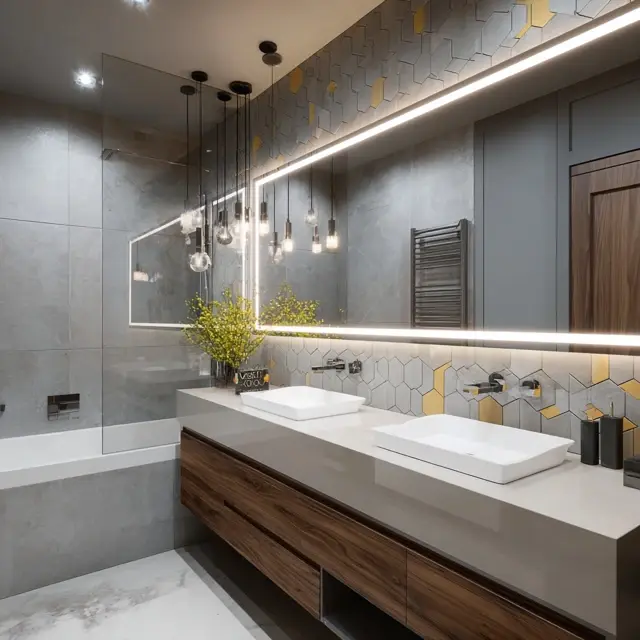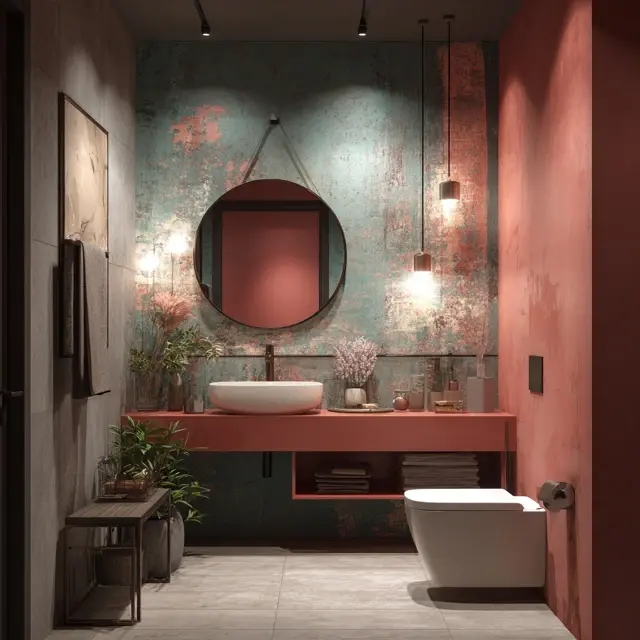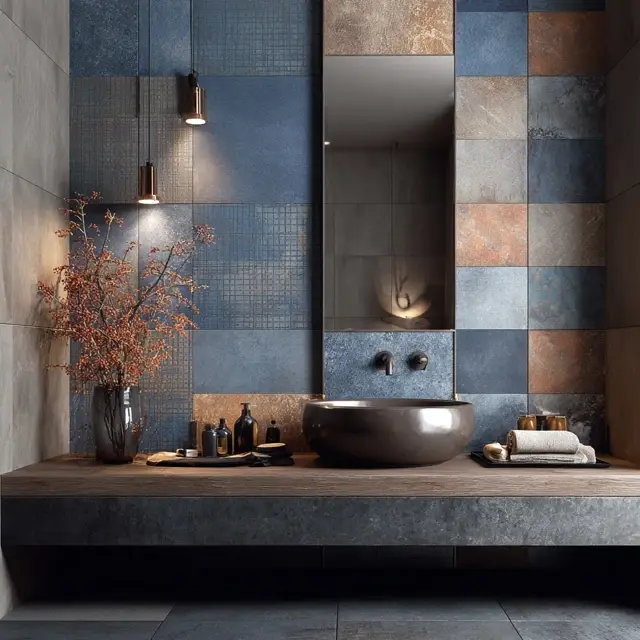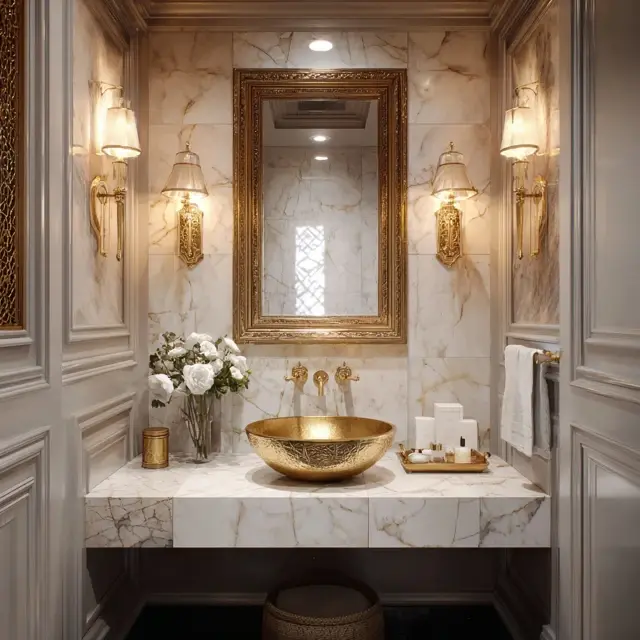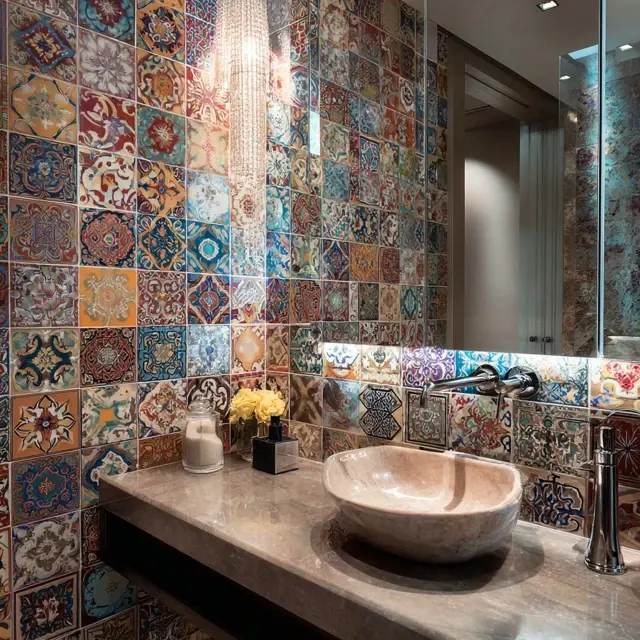Bathroom Backsplash Ideas That Resist Mold and Stains
Bathrooms are constantly exposed to moisture, making mold and stains a common concern. Choosing the right backsplash can make all the difference in maintaining a clean, fresh, and stylish space. With materials designed to resist water, bacteria, and discoloration, you can enjoy a bathroom that is both beautiful and easy to maintain.
Why Mold and Stain Resistance Matters
A backsplash is exposed to splashes, soap residue, and humidity every day. Materials that resist mold and stains not only improve hygiene but also extend the life of your bathroom design. They cut down on cleaning time, reduce maintenance costs, and help preserve the look of your space for years.
Top Backsplash Materials That Resist Mold and Stains
1. Porcelain Tiles
Porcelain is non-porous, highly durable, and naturally resistant to mold and staining. Its smooth surface makes it easy to wipe clean, and it’s available in countless styles and colors to suit any bathroom design.
2. Glass Panels
Glass backsplashes are sleek, modern, and incredibly easy to maintain. Because glass is non-porous, it resists both mold and stains. A single large panel reduces grout lines, which are often the weakest points for mold growth. For inspiration, check our bathroom backsplash trends guide.
3. Quartz Slabs
Engineered quartz is a premium choice for bathrooms. It’s non-porous, resists moisture, and is available in seamless slab installations for a polished finish. Quartz also adds a touch of luxury while remaining practical.
4. Sealed Ceramic Tiles
Ceramic tiles with proper sealing provide long-lasting resistance to stains and mold. They are versatile, affordable, and come in a wide variety of designs, making them a reliable option for family bathrooms.
5. Stainless Steel Sheets
Though unconventional, stainless steel backsplashes are hygienic, durable, and easy to disinfect. They resist stains, moisture, and mold, making them ideal for ultra-modern or minimalist bathrooms.
Design Tips for Mold-Resistant Backsplashes
- Minimize Grout Lines: Large-format tiles or slabs reduce grout, where mold often develops.
- Choose Light Colors Carefully: While white looks crisp, darker or patterned backsplashes hide minor stains better.
- Seal Porous Materials: Natural stone can work if sealed regularly, but low-porosity options are best.
- Ensure Proper Ventilation: Good airflow reduces humidity and helps maintain backsplash surfaces.
Maintenance Considerations
Even with mold- and stain-resistant materials, regular cleaning is key. Use mild, non-abrasive cleaners to maintain finishes and prevent buildup. Reseal grout or porous materials annually to extend their resistance. Choosing low-maintenance materials means less scrubbing and more lasting style.
Final Thoughts
Bathrooms demand materials that stand up to moisture and daily wear. By selecting mold- and stain-resistant backsplashes like porcelain, glass, quartz, or stainless steel, you can achieve a clean, durable, and stylish design. For more ideas on selecting the right materials, explore our modern bathroom backsplash ideas and take the next step toward a bathroom that’s both practical and beautiful.
